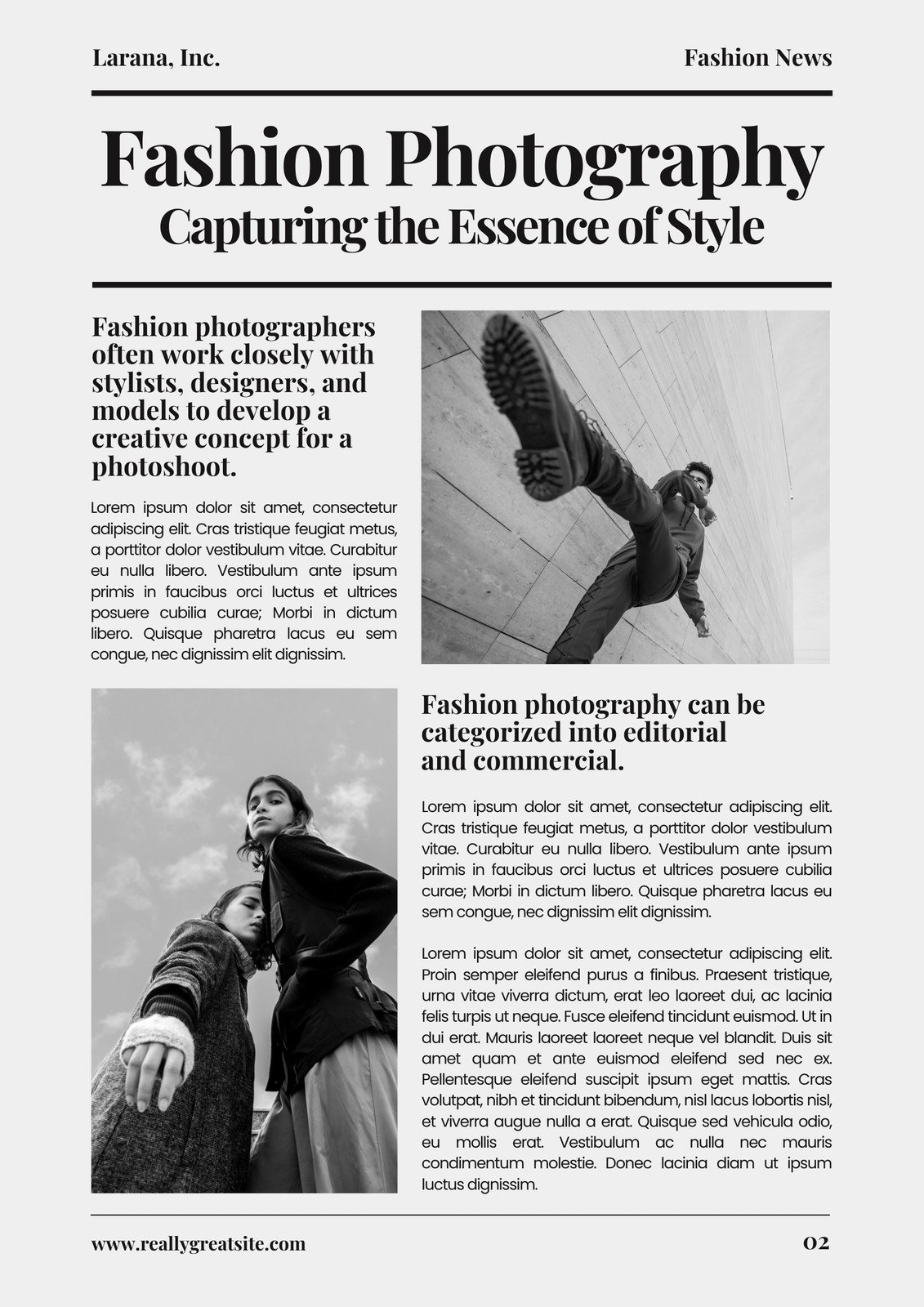3 Simple Techniques For News Articles
3 Simple Techniques For News Articles
Blog Article
3 Easy Facts About News Articles Explained
Table of ContentsThe 25-Second Trick For News ArticlesAll About News ArticlesThe Best Guide To News ArticlesThe Only Guide to News ArticlesFascination About News Articles
Excellent understanding of different topics gives pupils an one-upmanship over their peers. Also though electronic and social media are conveniently easily accessible, we ought to not neglect how essential it is to read the newspapers. Parents should try and instill the behavior of reviewing a newspaper as an everyday regimen to continue the legacy of the adored print medium.Newspaper article also have at the very least among the adhering to essential characteristics about the designated target market: proximity, importance, timeliness, human passion, peculiarity, or repercussion. The associated term journalese is often made use of, generally pejoratively, to describe news-style writing. Another is headlinese. Newspapers typically abide by an expository writing style.
Within these limitations, information tales additionally aim to be comprehensive. Nonetheless, various other elements are entailed, some stylistic and some derived from the media kind. Among the larger and more respected papers, fairness and balance is a significant consider offering information. Commentary is typically restricted to a separate area, though each paper might have a various overall slant.
Papers with a global target market, for instance, have a tendency to make use of a more formal design of composing. News Articles.; typical design guides consist of the and the United States Information Design Book.
The 5-Minute Rule for News Articles
As a rule, reporters will not make use of a lengthy word when a brief one will certainly do. They make use of subject-verb-object building and construction and brilliant, energetic prose (see Grammar). They use stories, instances and metaphors, and they rarely depend upon generalizations or abstract concepts. Information writers attempt to avoid utilizing the same word more than when in a paragraph (often called an "resemble" or "word mirror").
Headings in some cases omit the subject (e.g., "Leaps From Boat, Catches in Wheel") or verb (e.g., "Pet cat lady fortunate"). A subhead (additionally subhed, sub-headline, subheading, caption, deck or dek) can be either a subservient title under the primary heading, or the heading of a subsection of the post. It is a heading that comes before the main message, or a team of paragraphs of the main text.

Added billboards of any of these kinds may appear later in the write-up (specifically on succeeding pages) to lure additional reading. Such signboards are additionally used as reminders to the post in various other sections of the publication or site, or as promotions for the item in various other publication or sites. Regular structure with title, lead paragraph (summary in strong), other paragraphs (information) and contact details.

Example of a hard-lead paragraph NASA is suggesting one more space project. The spending plan demands roughly $10 billion for the project.
An "off-lead" is the second most vital front web page news of the day. To "bury the lead" is to start the write-up with history info or information of additional importance to the viewers, forcing them to review more deeply into a post than they need to have to in order to discover the vital points.
The Ultimate Guide To News Articles
Common usage is that a person or more sentences each form their very own paragraph. Journalists generally define the organization or framework of a newspaper article as an inverted pyramid. The crucial and most fascinating aspects of a story are put at the start, with sustaining info following in order of diminishing significance.
It permits people to discover a subject to just the deepness that their interest takes them, and without the charge of information or subtleties that they can consider unnecessary, yet still making that information offered to more interested readers. The inverted pyramid framework additionally makes it possible for write-ups to be trimmed to any type of approximate size during layout, to suit the room offered.
Some writers begin their stories with the "1-2-3 lead", yet there are many sort of lead offered. This style invariably begins with a "Five Ws" opening this post up paragraph (as defined above), followed by an indirect quote that offers to sustain a major component of the very first paragraph, and then a straight quote to support the indirect quote. [] A kicker can describe multiple points: The last story in the news program; a "satisfied" story to finish the show.
Longer write-ups, such as magazine cover posts and the items that lead the inside sections of a paper, are known as. Function tales differ from straight news in a number of means.
The Single Strategy To Use For News Articles
The reporter frequently details interactions with interview subjects, making the piece a lot more individual. An attribute's initial paragraphs often relate an appealing minute or occasion, as in an "anecdotal lead". From the particulars of a person or episode, its view rapidly expands to generalities regarding the story's subject. The section that signals what a feature has to do with is called the or billboard.

The this page Editor's Tool kit: A Reference Overview for Beginners and Professionals (2001) Allan M. Siegal and visit here William G. Connolly. The New York City Times Manual of Style and Use: The Authorities Style Guide Utilized by the Writers and Editors of the Globe's Most Authoritative Paper (2002) M. L. Stein, Susan Paterno, and R.
Report this page